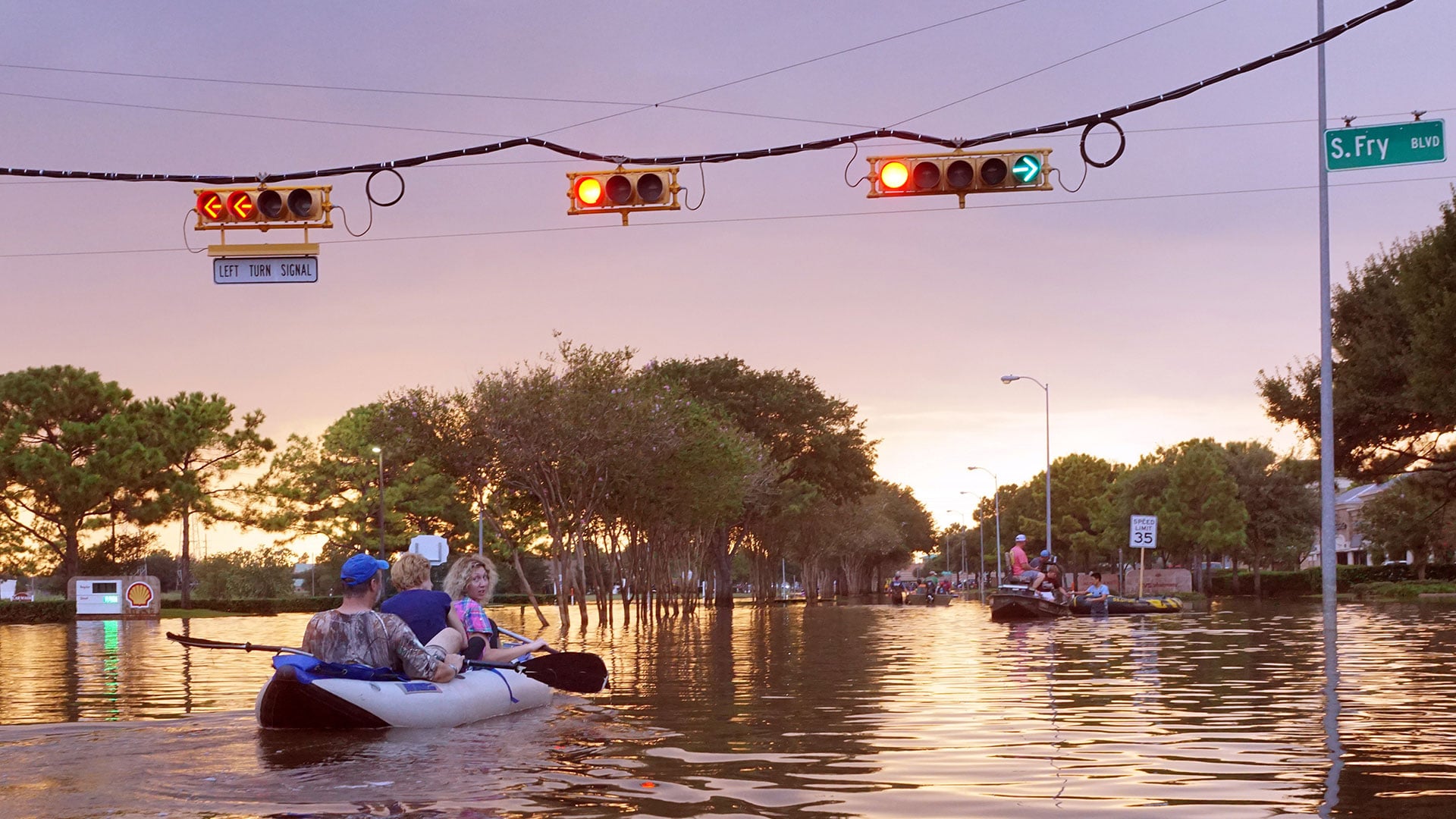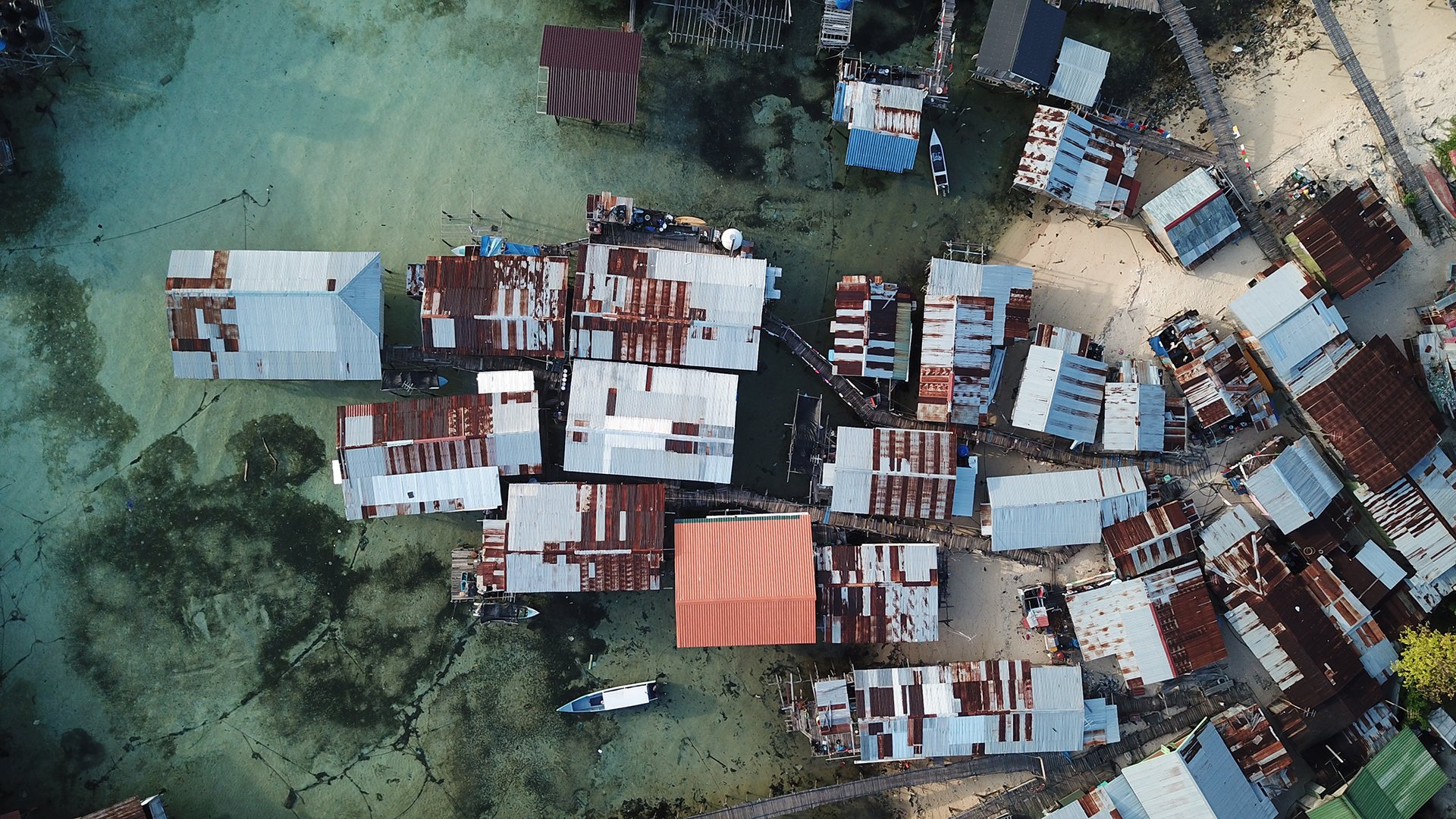The future of US flood protection

From wildfires and soaring temperatures to excess rainfall and droughts, extreme weather events are on the rise across the United States. Research shows that an estimated 71% of these incidents are the consequences of human-caused climate change. Which means until we can find a way to decarbonise our environment, these events will continue to pick up pace – endangering assets, homes, communities, and lives.
One of the most notable consequences of climate change in the Unites States is flooding. Since the 1950s, coastal flooding has grown in frequency along the US coastline, with areas like Boston, Massachusetts, exceeding flooding thresholds by an average of 13 days every year.
For a country with 95,471 miles of coastline, this presents a significant problem – one that causes upwards of $100bn of damage annually. Thankfully, it’s a problem the authorities are waking up to. Projects like a planned $16bn development to protect the port of Galveston Bay are already in their early stages.
But it’s impossible to implement such large-scale infrastructure projects along such a vast stretch of coast. Simply put, alternative methods must be considered, and a recent paper written by a group of climate experts and researchers – and led by Haskoning’s own Dr Lars de Ruig – explores the possibilities.
The paper focuses on the role of the National Flood Insurance Program, and how it can be amended to help mitigate the impacts of climate change nationwide.
A flawed system and a struggle for equity
The Federal National Flood Insurance Program (NFIP) is the main provider of flood insurance in the US. It currently sits on a debt of over $20bn – placing a significant expense at the feet of taxpayer – and faces a great deal of scrutiny as a result.
“One of the main issues is that the NFIP uses national averages to calculate premiums, rather than taking a risk-based approach,” says Lars. “The result is that premiums insufficiently reflect flood risk for those in coastal areas or those prone to flooding.” Looking to address this discrepancy and stem its losses, the NFIP is currently in the process of implementing the Risk Rating 2.0 programme; an overhaul that will provide differentiation through risk-based premiums.
The idea is that the programme will incentivise individual policy holders to take steps to reduce risk – but, it’s not without its problems.
The Federal Emergency Management Agency (FEMA) describes the intentions of the Risk Rating 2.0 overhaul as “leveraging industry best practices and cutting-edge technology to enable FEMA to deliver rates that are actuarily sound, equitable, easier to understand and better reflect a property’s flood risk.”
However, among the criticisms levelled at the proposition are concerns that, for those living in areas prone to risk, premiums could become unaffordable.
“It’s necessary that those changes will happen,” says Lars. “But they need to happen in a way that addresses the issues regarding unaffordability – often that’s something that can go overlooked when considering such changes.”
The question posed by de Ruig et al. in their research, is whether or not these reforms alone will have a meaningful impact on our fight against the impacts of climate change, or whether additional investments in flood protection are needed.
Modelling a nation at risk
The research conducted used Agent-Based Modelling, a type of computer simulation that observes interactions between people, things, places, and time. This technique isn’t new, but it’s often used in smaller scale projects. In this instance, however, the study has applied its research to the entire United States in an attempt to make the connection between insurance and household and government risk reduction.
“To get a big picture of societal risk and benefit you not only need to look at the risk to residential areas – for instance flooding and water damage to homes – but also how much people are paying for their premiums, what they’re getting in return, what people are investing in adaptation measures to protect their properties, and how much the government itself should invest,” says de Ruig. “Then you have to account for the fact that as these things change, decisions on adaptation investments will change as a result.”
By simulating the impacts of different approaches to insurance, and how they’re likely to affect both individuals’ behaviour and overall risk levels across the coastline, the study uncovered some important findings.
Firstly, it observed that introducing risk-based NFIP premiums that incentivise household risk reduction would provide a societal net benefit of $10 billion over a 30 year period.
Similarly, the study found that offering premium discounts to incentivise building-level risk reduction measures could decrease total residential flood risk across the United States by 7.3%, resulting in savings of approximately $1 billion per year by 2050. The measure of these benefits is clear to see. But arguably the most important finding of the research is that these changes alone aren’t by any means a silver bullet solution in this increasingly volatile climate.
The report concludes that the highest societal benefit comes from complementing these risk-based premiums with large-scale, regional investments as seen in Galveston. Investment in flood infrastructure like this will reduce some of the equity issues that arise when moving to a system of risk-based premiums. It’s therefore vital that the United States takes a mixed and carefully measured approach to its coastal protection strategy.
Just the tip of the iceberg
If you’d like to learn more about this research and what it could mean for the future of coastal protection in the United States, you can read full study and policy brief.
Haskoning provides the engineering experience, expertise, and technology to mitigate against the impacts of flooding and other climate-related disasters.
To get a big picture of societal risk and benefit you not only need to look at the risk to residential areas but also how much people are paying for their premiums, what they’re getting in return, what people are investing in adaptation measures to protect their properties, and how much the government itself should invest.
Want to know moreor got a question?
Contact our Climate Resilience experts!





